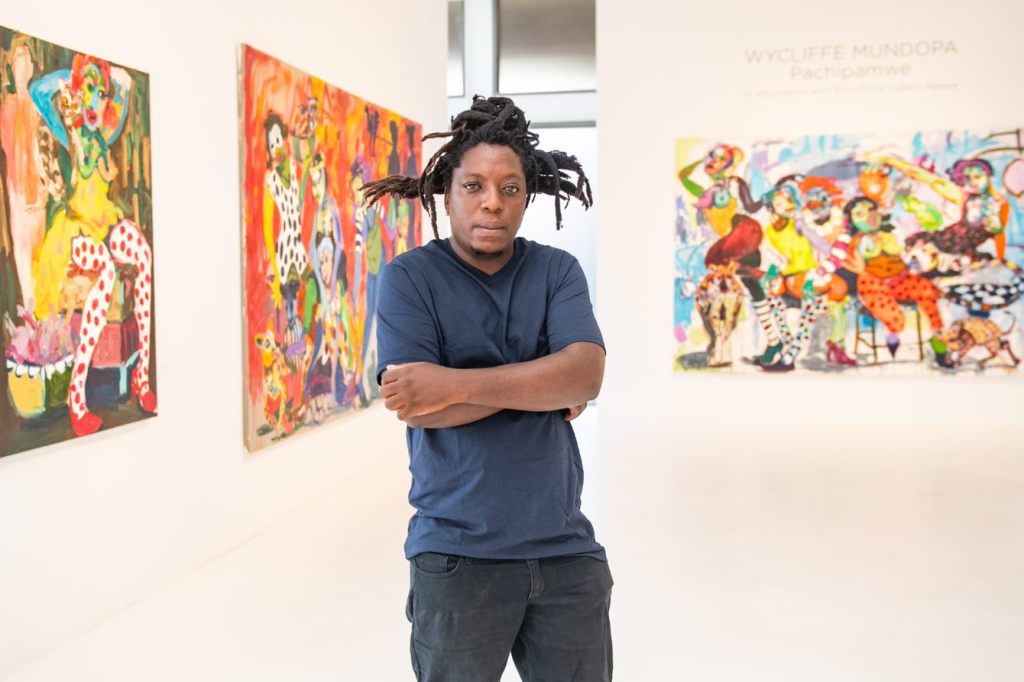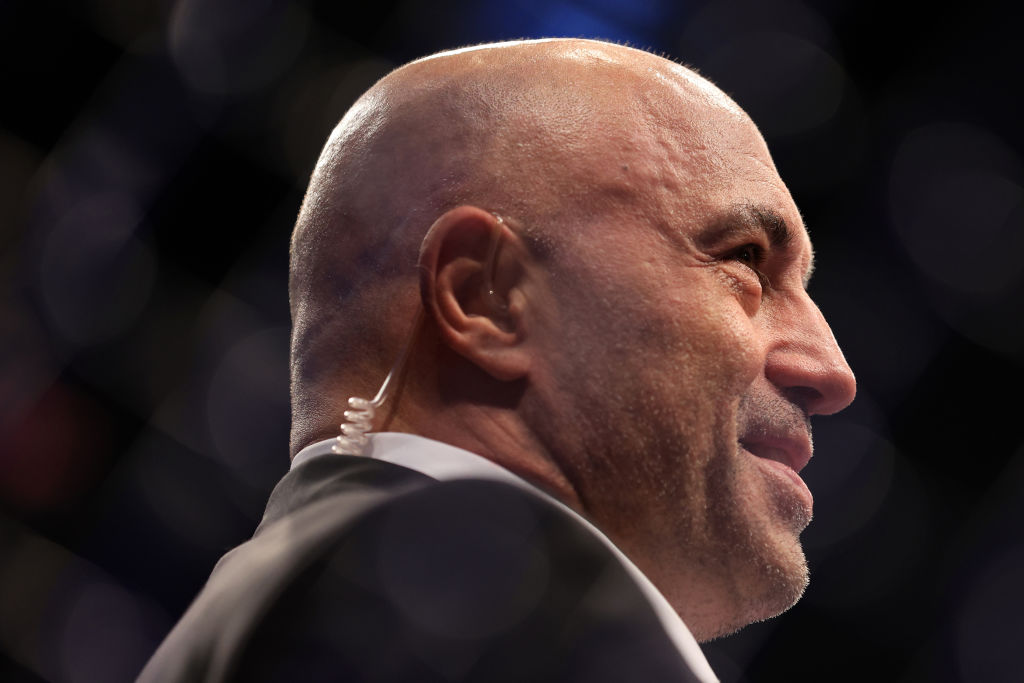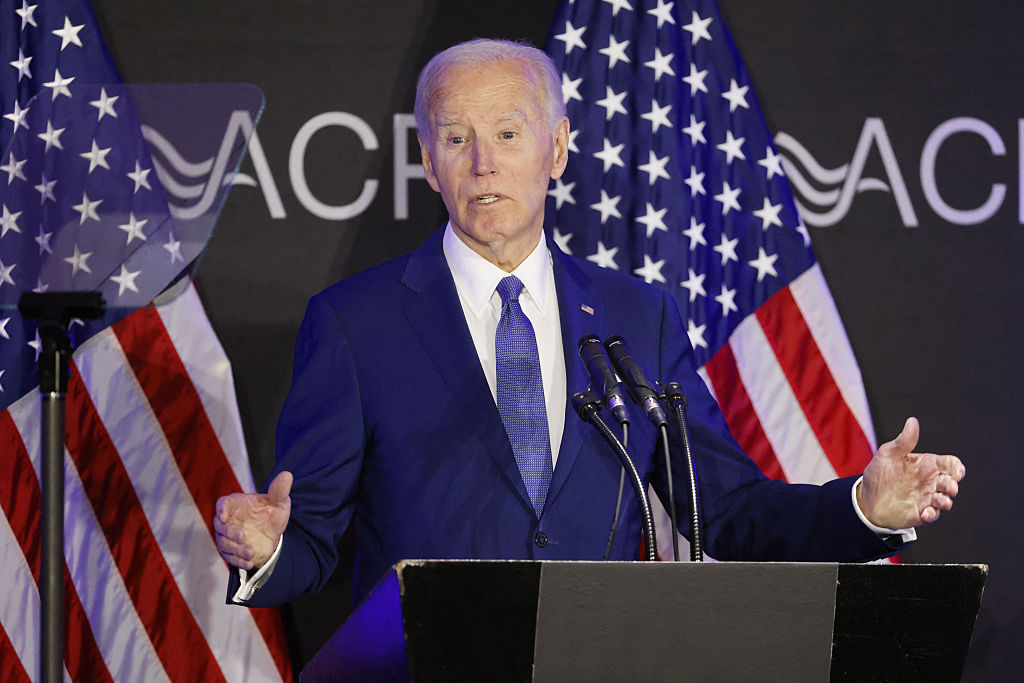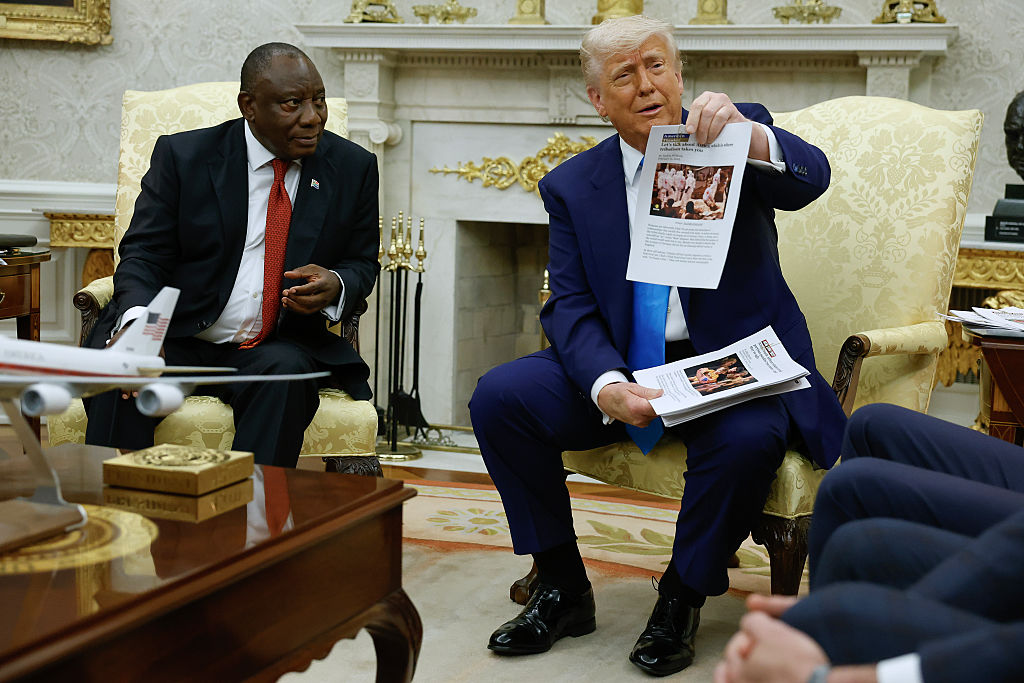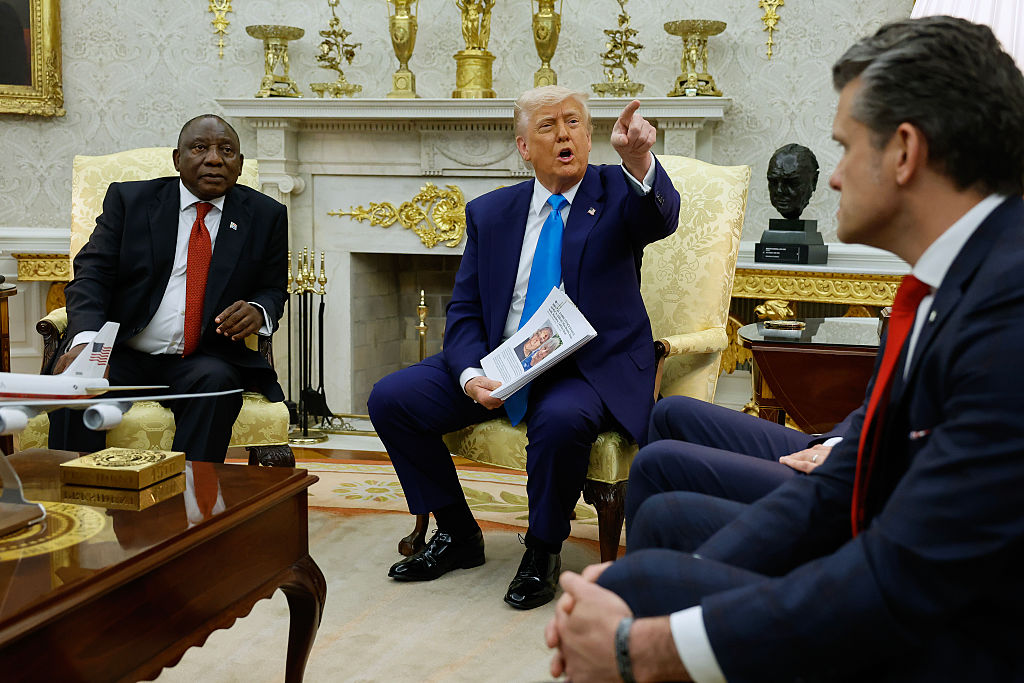In January of this year, I joined the yearly flight of “swallows” who descend on Cape Town. Thousands of pasty Europeans swap their own chilly hemisphere for a few weeks in technicolor paradise. A day in, I was sold. Mountains to climb, waves to surf, open-toe shoes, a completely unworn jacket. Everyone I met seemed to make this a yearly thing, and I could see why.
I spent a few days gaping at the sublime natural beauty before something else caught my eye: the art scene. Cape Town is the epicenter for African arts. Boutique hotels and restaurants are beautifully appointed with painstakingly handmade creations everywhere you look. Museums and commercial galleries abound with exhibitions spanning the whimsical and politically charged.
The Victoria & Albert Waterfront’s Southern Guild bills itself as “the foremost gallery on the continent.” In collaboration with First Floor Gallery Harare — who will participate in Expo Chicago in April — it’s home to Wycliffe Mundopa’s outstanding solo exhibition, Pachipamwe (“We Meet Again”).
From London to San Francisco, New York to Berlin, Mundopa’s spirited, carnivalesque works have sparked big conversations. His figurative oil paintings practically leap off the wall, bursting with stories. Women’s stories, in fact. His work is symbolic of the lives and struggles of the community he grew up witnessing.
I was struck by Mundopa’s grand, imposing works, laden with narrative. Large-scale canvases bear a riot of color, making day-to-day scenes extraordinary. His subjects are made strong and powerful, despite finding themselves in tough situations. One painting sees fruit-sellers sitting streetside in striped stockings and circus garb; in another a woman’s face features the round snout of a pig. Each brush stroke reveals harsh, manifold realities of the patriarchy.
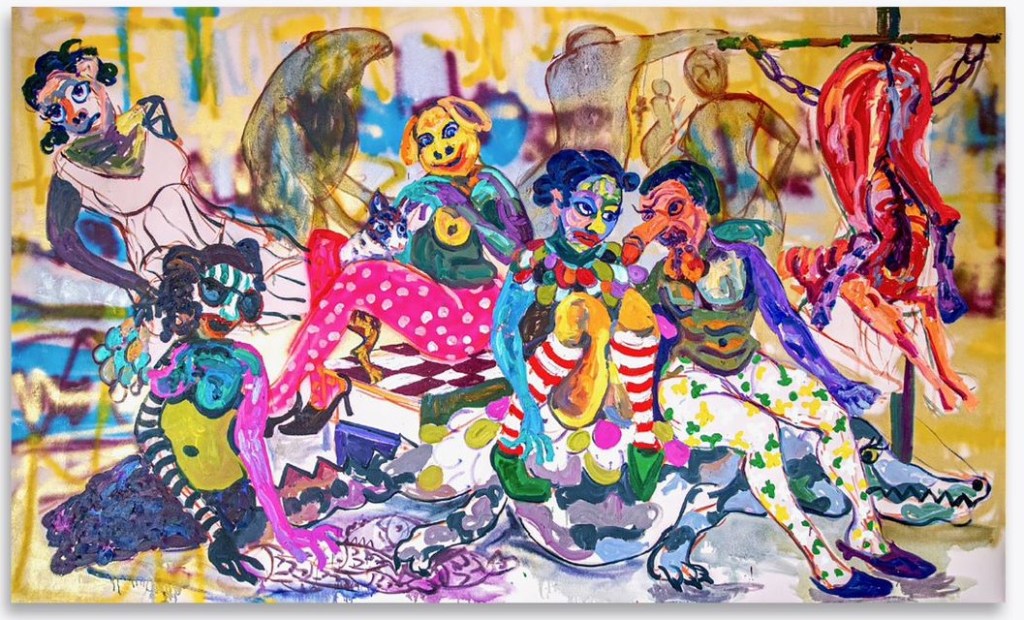
I asked Mundopa what drives him to share these multi-layered tales, alluding to the moral fabric of society.
“I live the life of my subjects,” he said. “I am a Zimbabwean, the life of my neighbor is my life. Their joys and sorrows are my joys and sorrows. They will never stop being important or inspirational to me. I am commenting on the history of painting and representation in Zimbabwe and elsewhere in Africa. At the same time, using women as allegory for the lives and struggles of ordinary Zimbabweans.”
Mundopa tells me his works function as “metaphorical compositions, comprising symbolic references to political and cultural phenomena in Harare,” his native “Sunshine City.” Mundopa’s everyday life is intrinsic to the work he produces. I wonder how that manifests, and how he stays centered.
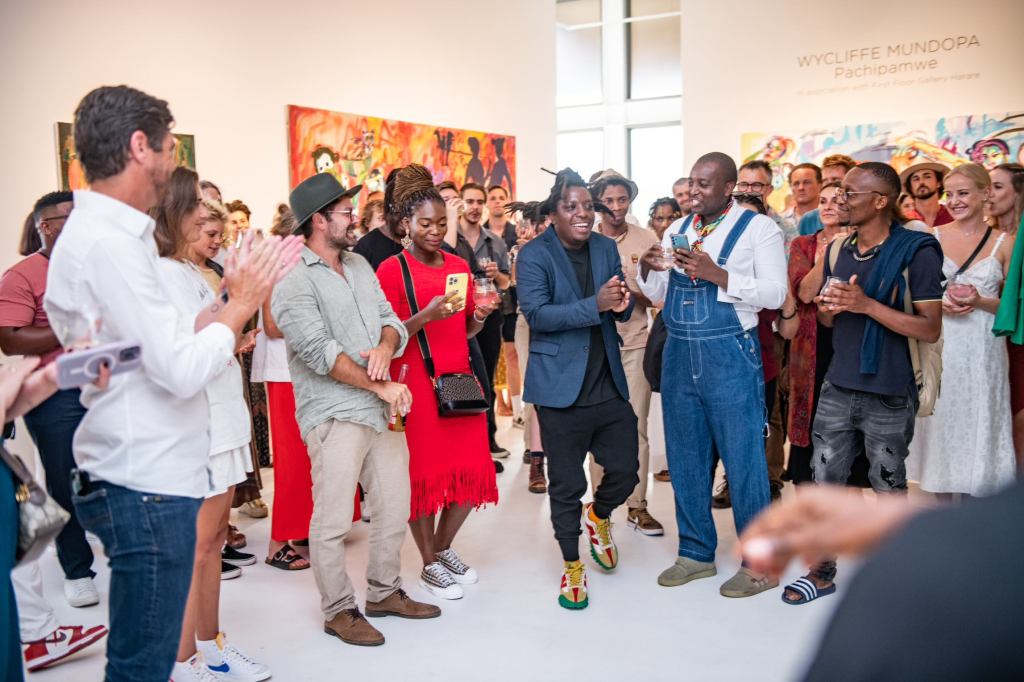
“Being an artist is a path that is difficult, unpredictable, and that requires sacrifice and patience,” he said. “If you are committed and focused on being the best artist you can be, that is the only thing which will sustain you.”
Why this medium, over another?
“I am a painter. I discovered at a very early age that this is my vocation and I have never wanted to do anything else. I love painting.”
I want to know more about the best art coming out of Zimbabwe.
“There’s a really dynamic and rich contemporary art scene,” said Mundopa. “Some of my favorite artists and friends are my peers and stable mates at First Floor Gallery Harare, like Gresham Tapiwa Nyaude and Helen Teede. But rather than telling people about so-called top names, I would invite people to visit us in Harare. Seeing art in its true context is really crucial and it also helps change people’s preconceptions about the art of a place.”
I headed home inspired, my mind full of plans. No prizes for guessing where this swallow might fly the next time the mercury drops.



